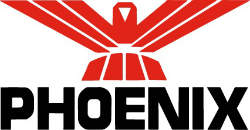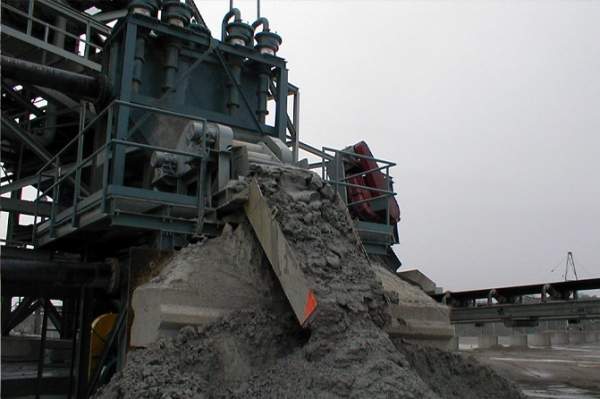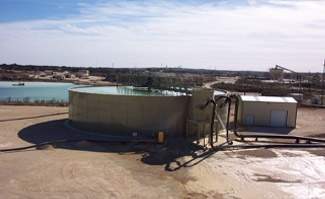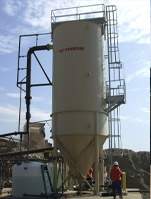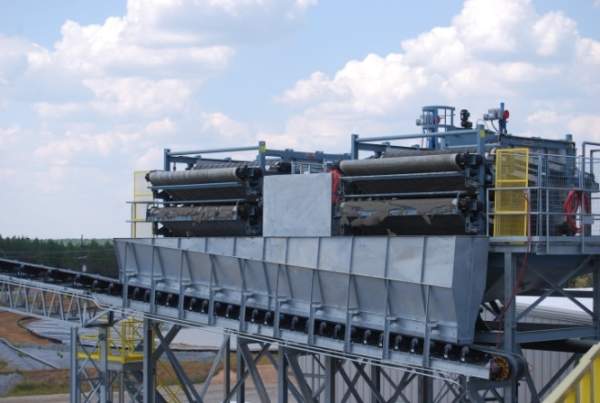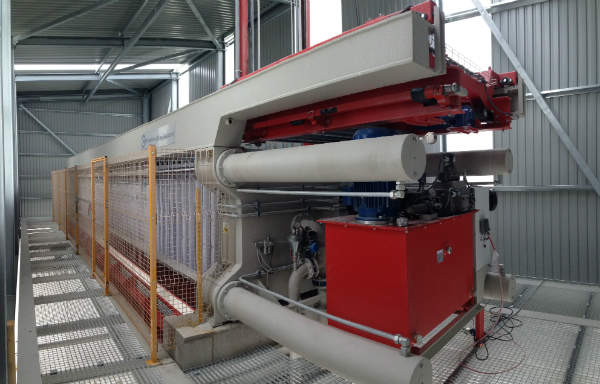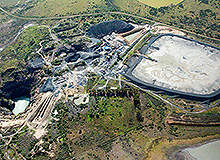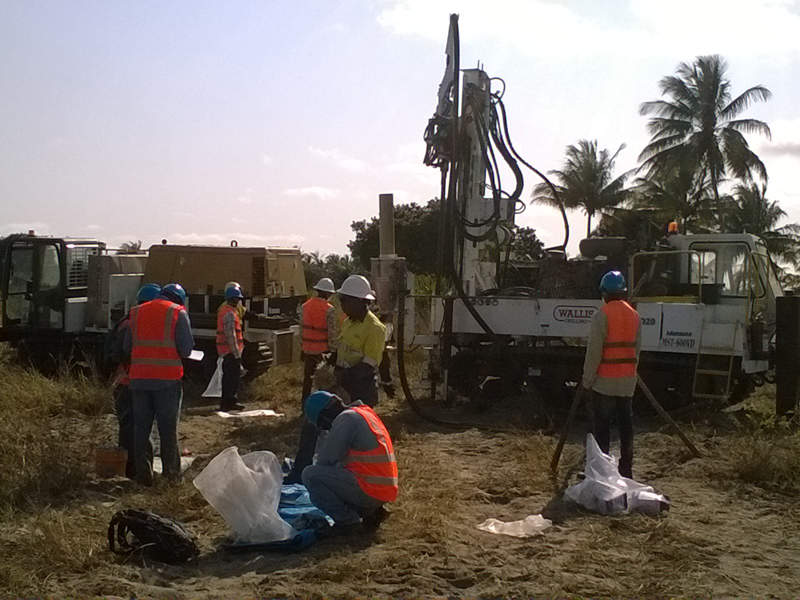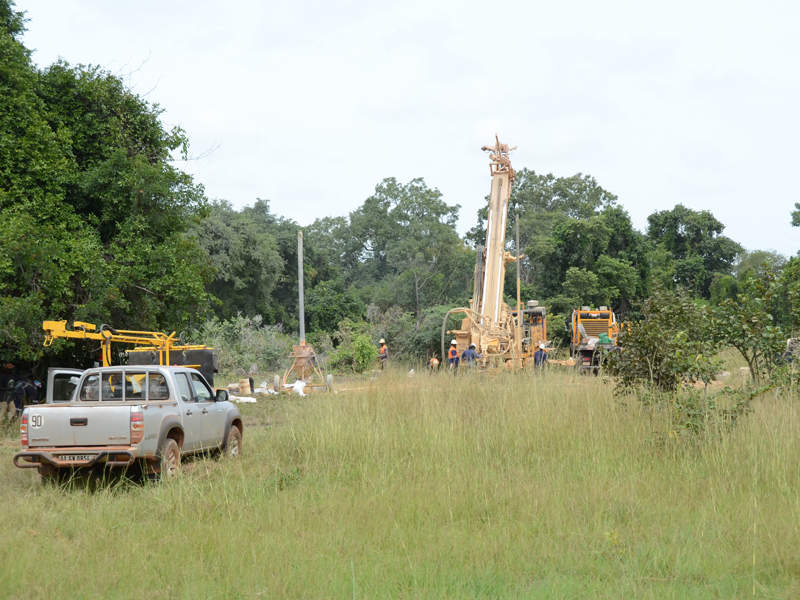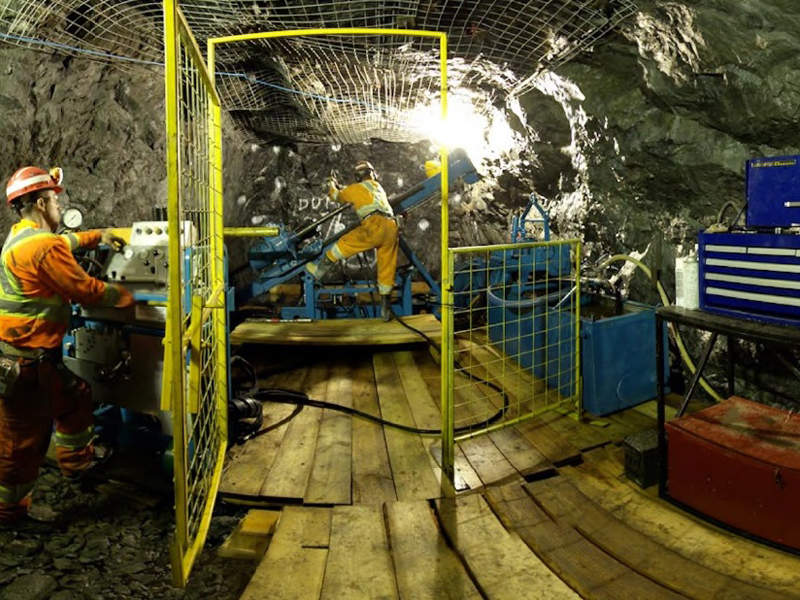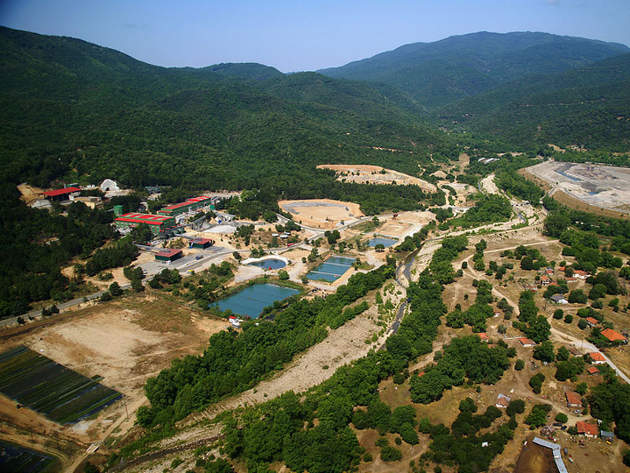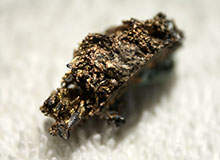Through internal development and a series of strategic partnering relationships and joint ventures, PHOENIX Process Equipment Co. has established a broad base of water/waste water technologies targeting sand and gravel processing, sand washing, industrial minerals production, and coal tailings dewatering as well as other mining applications in residuals separation, thickening, slurry dewatering, and water treatment.
Producers of construction aggregates, industrial sand, frac sand, and minerals are confronted with a changing business environment relating to materials specifications, production costs, the availabilities of reserves and water, and environmental regulations.
As a result, process engineers continue to develop new equipment technologies for the treatment of effluent streams from these production facilities. These technologies provide for the increased use of solids previously disposed of, allow for less costly and more environmentally friendly disposal of waste solids, and produce clarified water available for recirculation and reuse in processing plants.
The economic management of wastewater and residual fines is essential to successful and profitable minerals processing operations. In the past, plants would typically deposit effluent wash plant slurry containing fine sand, silt, and clay into a containment area or slurry pond. Technological improvements in particle separation, water clarification, and fines dewatering offer economic benefits to producers that can eliminate slurry ponds, freeing up mineable reserves and eliminating costly environmental liabilities.
PHOENIX offers a phased solution to fines dewatering for aggregate plants and other minerals processing facilities, consisting of liquid solid separation followed by thickening, dewatering (or filtration) of the slurry, and recycling of the clarified water. Depending on the particle size distribution in the minerals processing plant’s effluent slurry and the desired objective of the producer, the solution can consist of one, two, or three phases.
PHOENIX liquid-solid separation for wash plant effluent
For sand and gravel plants PHOENIX will perform lab tests on an effluent slurry sample to establish the percentage of coarse reject material (typically, -75µ x 38µ). This will determine if it is economically practical to mechanically separate, dewater and recover this fraction.
If there is a significant percentage of -75µ fines in the wash plant effluent and the producer wants to recover this fraction, the first (separation) phase can reclaim and dewater the -75µ x 38µ fines and reject the -38µ material. The Model HG, consisting of hydrocyclones and dewatering screens, performs this operation without using polymers and reduces the amount of -75µ x 38µ fines reporting to the slurry pond. However, this mechanical dewatering technology alone will not totally eliminate the need for ponding. The -38µ overflow must still report to a pond, where the fine solids settle out and the surface water recycles to the wash plant.
Sedimentation technologies to maximize water recovery rates
To more cost-effectively dispose of these reject fines, PHOENIX applies a second (thickening) phase. The Model AF AltaFlo™ and Model HF Hi-Flo™ Thickener use sedimentation technologies to maximize the recovery rate of water, provide cleaner water for recycling, and reduce the slurry underflow rate while thickening the slurry from typically 5%-10% solids to 40%-45%. The resultant underflow volume reduction factor is as much as eight to ten for the slurry reporting to either the final dewatering stage or to the slurry pond.
The thickener overflow, available immediately for recycling and reuse, can contain less than 100 parts per million (ppm) of suspended solids. Sedimentation thickening uses polymers to agglomerate fine particles, increase the solids settling rate and reduce the size of slurry ponds by immediately returning 75%-80% of the process water as thickener overflow to the wash plant. Thickeners, however, cannot totally eliminate the need for slurry ponds. The liquid phase, thickened underflow must still be accommodated.
PHOENIX dewatering technologies to produce handleable filter cake
PHOENIX Belt Filter Presses have been dewatering liquid phase thickener underflows since 1984. This third (dewatering equipment) stage converts these underflows from a fluid state to handleable, solid phase material. The belt press feed (thickener underflow) is first dosed with flocculants as it passes through an in-line mixer, and is then distributed evenly across the feedbox as it passes onto the gravity drainage zone belt. Two belts converge in the wedge zone, and the feed is routed through the compression / shear zone as the thickened slurry gradually dewaters.
Filtrate water from the belt press or the filter press is pumped to the thickener, where the water is clarified and then recycled back to the processing plant. The dewatered ‘cake solids’ are then disposed of or used in post dewatering applications.
As a result of the three technologies:
- Marketable fines are separated, dewatered, and made available for sale
- Clarified effluent water is immediately recycled for reuse with minimum evaporative losses
- Thickener underflow slurry is dewatered to a handleable, solid phase state (slimes dewatering) on PHOENIX Belt Filter Presses or PHOENIX / F&B Recessed Chamber Filter Presses

